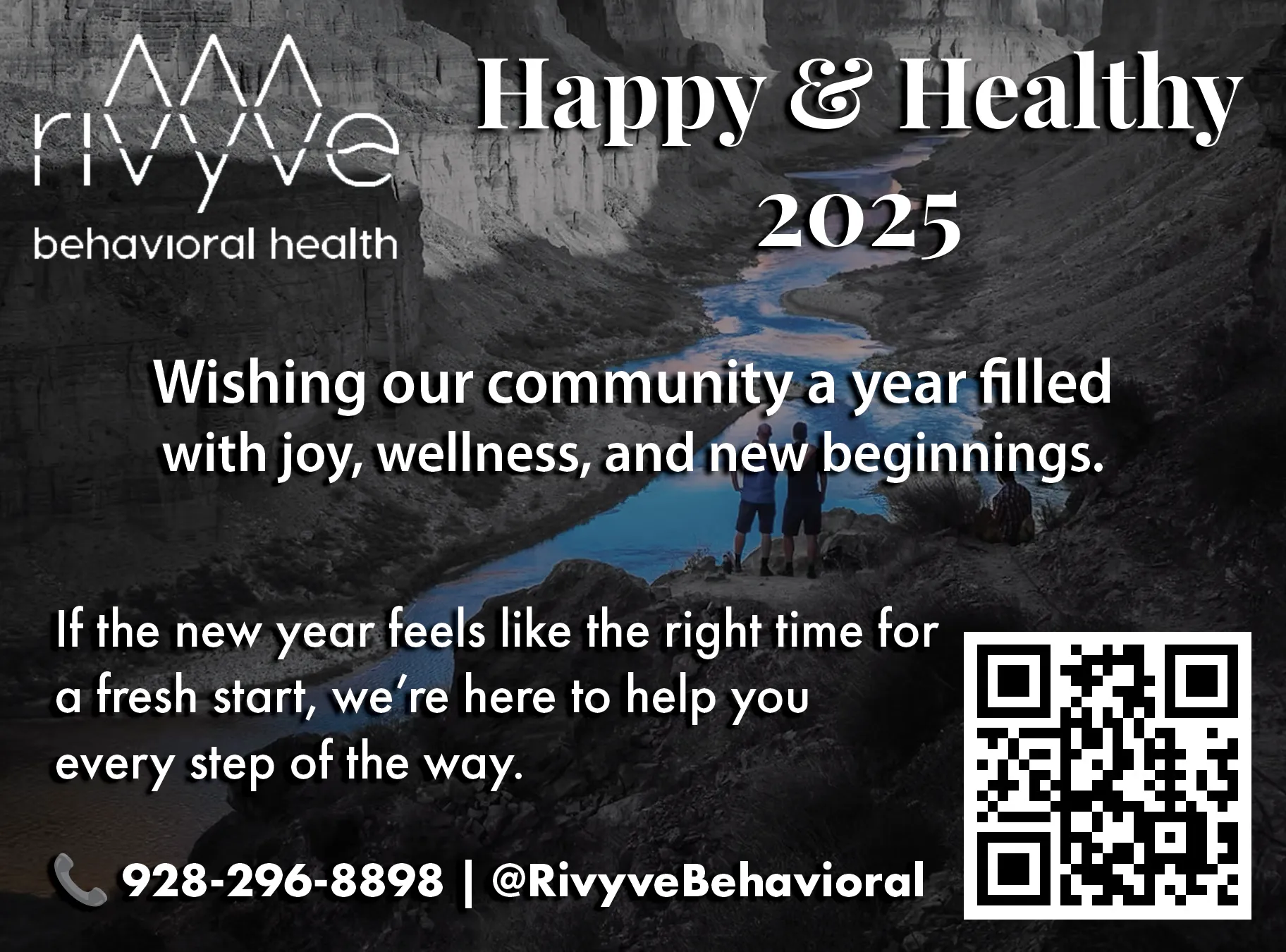By Melinda Burrell
”Guess what?!” A 12-year-old Pittsburgh school boy spoke excitedly with his teacher one morning last fall. ”My mommy and daddy were having a fight last night, and I asked them if we could have a peace circle! We sat and talked, and they’re not fighting anymore!”
The boy had been involved in a program to introduce peace circles to schools – moments in the school day when a class sits together and shares their thoughts and feelings around a certain topic. Like other school systems, Pittsburgh had begun this program to help reduce violence by giving students tools for better communication. Happily for this boy and his family, what happened in the classroom didn’t stay in the classroom.
”The idea of people sitting in a circle and talking has been used around the world for thousands of years,” explains Dr. Stephanie Myers, chair of Black Women for Positive Change (BW4PC, supported by Everytown for Gun Safety). ”Peace circles provide a structured process for discussing issues, making decisions, and resolving conflict.”
The strength of peace circles is the round robin format. ”Everyone has an equal voice,” says Dr. Myers.
Peace circle questions can be fun or serious, but always help to strengthen relationships. Examples include questions to help students voice what they’re experiencing, such as ”If you could make a weather report that describes your day, what would it be?” Other types of questions help students come to know each other’s values and perspectives more, such as ”Name one male and one female who are good role models for young people.” All of this builds understanding and community.
Los Angeles runs peace circles in its schools. Birmingham, Alabama is introducing them. ”It’s important to get young people to engage. Ask them ‘what’s troubling you? how can we help you?’ A lot of the time they are scared, especially if someone is bullying them,” explains Dr. Carthenia Jefferson, committee chair of the Birmingham Black Nurses Association and the National Black Nurses Association Ad Hoc Committee on Violence Reduction. ”There is always something you can do to decrease violence, to help de-escalate.”
Dr. Jefferson and her colleagues are joining BW4PC for a Month of Nonviolence. BW4PC’s original Day of Nonviolence was so successful that it expanded to a week. Now it is a full month of dozens of activities across the U.S. ranging from conversations about bullying to workshops to help cities develop peace building strategies.
We all can join the October Month of Nonviolence and help create stronger, happier communities. Some thoughts:
Convene a meeting in your living room or backyard, of your kids and grandkids. Ask each other what is going on in your lives, what makes you afraid and what gives you hope?
Ask your faith leader to give a sermon on nonviolence
Introduce peace circles to your school – toolkits are available
Create a nonviolence strategy for your family, school, or community; involve children as well as adults
Urge your elected officials to create a violence prevention strategy around domestic violence, shootings, political violence, or other violence
Sign up on the Month of Nonviolence website (https://monthofnonviolence.org) and get support to do an activity in your neighborhood
De-escalating violence can be as simple as asking someone how they’re feeling, and then really listening. The twelve-year-olds are showing us how.
Tri-State Home, Garden & Lifestyle Show – Inspiration and Classic Cars Await
BULLHEAD CITY – Bullhead City’s premier event, the Tri-State Home, Garden & Lifestyle Show, is...
Read More






















